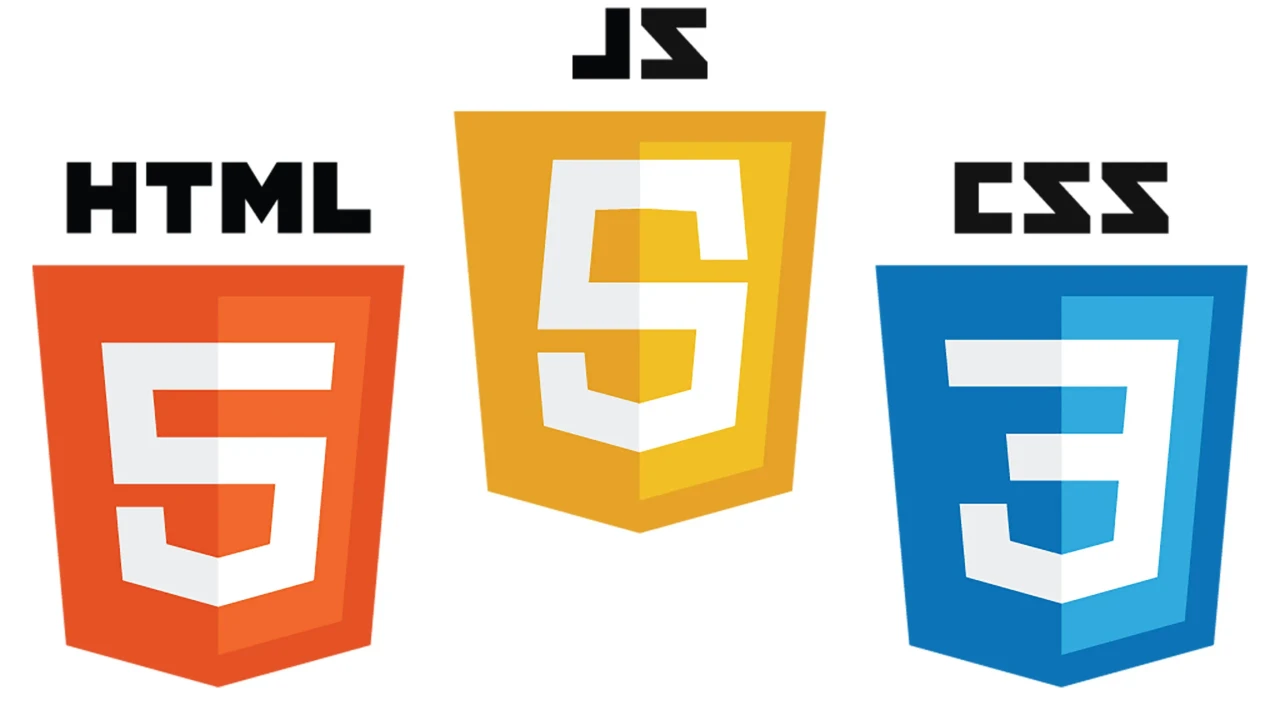Getting started with HTML/CSS and JavaScript
Differences between HTML/CSS and JavaScript

HTML/CSS and JavaScript (opens new window) are core technologies used in web development, but they serve different purposes and have distinct characteristics. If you're trying to become a web developer, you'll need to understand the differences between HTML, CSS and JavaScript and when to use what. Let's look at each technology
# Purpose
HTML (Hypertext Markup Language) is a markup language used to structure the content and define the basic layout of a web page. It provides a set of tags that describe the elements on a webpage, such as headings, paragraphs, images, links, etc.
CSS (Cascading Style Sheets) is a stylesheet language used to control the presentation and visual styling of HTML elements. It defines how the HTML elements should be displayed, including properties like colors, fonts, layout, positioning, etc.
JavaScript is a programming language that adds interactivity and dynamic behavior to web pages. It enables you to create interactive features, manipulate content, respond to user actions, validate forms, and perform various other tasks on the client-side or server-side.
# Functionality
HTML defines the structure and content of a webpage. It lays the foundation for displaying text, images, links, tables, forms, and other elements.
CSS controls the appearance and styling of HTML elements. It allows you to define colors, fonts, margins, padding, borders, backgrounds, and more.
JavaScript enables the creation of interactive elements and functionality on a webpage. It can handle events, manipulate the HTML and CSS, perform calculations, make API calls, validate input, and provide real-time updates.
# Execution
HTML is a static language and doesn't involve any programming logic. It's interpreted by the web browser and renders the page structure accordingly.
CSS is also a static language and interpreted by the browser. It modifies the appearance of HTML elements based on the defined styles.
JavaScript is a dynamic language that needs to be interpreted and executed by the browser. It can modify the HTML and CSS, respond to events, make network requests, and perform calculations.
# Placement
HTML code is placed within the <body> tag to define the structure and content of the webpage.
CSS code is typically placed within the <style> tag or an external CSS file and linked to the HTML document using the <link> tag.
JavaScript code can be placed within the <script> tag directly in the HTML document, or in an external JavaScript file that is linked using the <script> tag.
# Dependencies
HTML and CSS can work independently without any external dependencies.
JavaScript, on the other hand, can interact with HTML and CSS to manipulate and modify them. It can also make use of external libraries and frameworks to extend its functionality and simplify development.
In summary, HTML and CSS are responsible for defining the structure and styling of a webpage, while JavaScript adds interactivity and dynamic behavior. They work together to create engaging and interactive web experiences.
